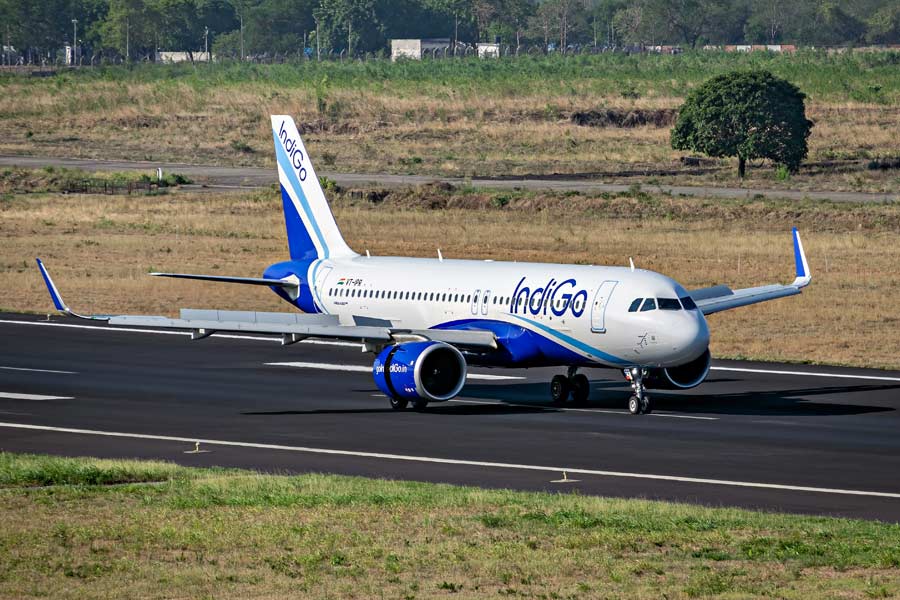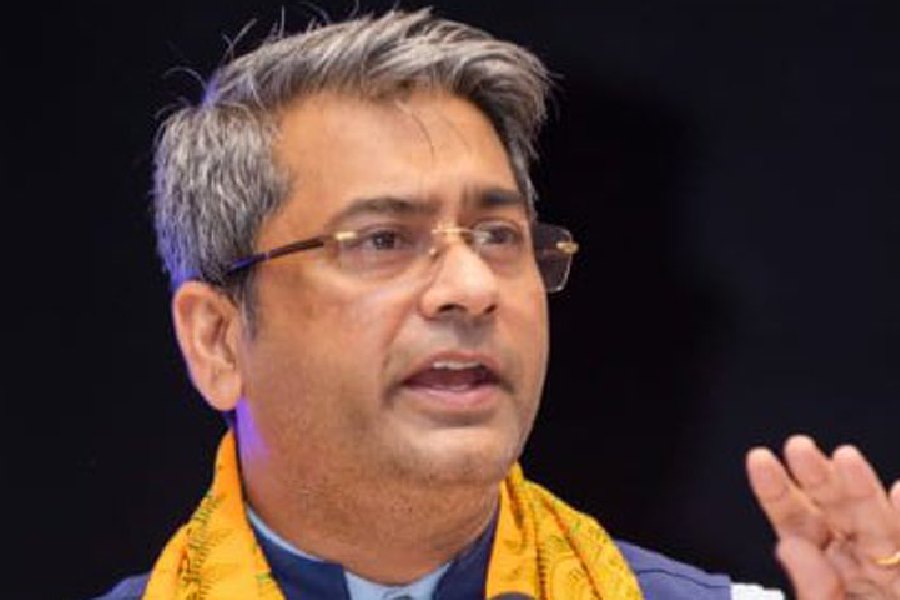Bhubaneswar, Feb. 18: Kunja Bihari Mishra, a retrenched helper of Konark Television Limited, has taken to begging.
After all employees of the company were retrenched in 2005, Mishra, a physically challenged man, had no option but to pick up the begging bowl for survival.
However, in sharp contrast to the plight of the likes of Mishra, Konark Television’s brand name is still in high demand across the state. A move is afoot to sell the brand name to an industrial house that has evinced interest in buying it for manufacturing liquid-crystal display (LCD) television sets. Earlier, the company’s land in the capital city was sold to industrial houses.
In a strange coincidence, another iconic brand Konark Watch, which along with Konark Television Limited brought Odisha into national focus in the ’80s, is facing a somewhat similar predicament. The state government is likely to dispose of the land belonging to Konark Watch, which became a household name in the ’80s as Kalinga Watch, at Pallahat in Khurda to pay the dues of the company’s former employees.
Like Mishra, Nilima Mohanty, a science graduate and one among the first batch of employees with the Konark TV, is also praying for her dues from the company. “After undergoing a brain operation, I am now living with my brother’s family,” she said.
Nilima, who witnessed the company’s ups and downs, recalls Konark TV’s heyday with pride, but blames the “blundering babus” for its downfall. Thanks to mismanagement, the company was declared sick in the late ’90s in the wake of crippling losses.
Though a private player is keen to buy the iconic television company’s brand name, those who have served it do not want their dear ones to burn their fingers in a state-run enterprise.
Mishra is now against his only son applying for jobs in any state government-run business. “When I joined the company, my parents had lots of expectations from me. They were confident that they would not have to worry about my future. Today I don’t know where my next meal is going to come from,” he says.
Sources said that following the intervention of the registrar of companies (official liquidator), the Konark TV’s land at Rasulgarh had been sold to a business house. Another plot measuring 2.670 acres at Mancheswar was sold to another industrial group. Earlier, the authorities had handed over the company’s plot at Rasulgarh to a private company at a throwaway price of Rs 16 lakh.
The 82-odd employees of the Konark Television are still making rounds of the courts to get their dues. Sources said that 458 employees had received their dues under the voluntary retirement scheme in 2001 in two phases.
On January 19, the remaining employees had submitted their claims in the court. “We are hopeful that we will get our legitimate dues after 12 years of struggle as the official liquidator has intervened,” said one of the employees.
After not getting their dues for the past 12 years, nearly 25 people died. They either could not afford medical treatment or committed suicide, while a few of them have turned beggar.
The company had begun its operations with 19 employees, including Nilima, in September 1973, with an investment of Rs 5,000 as a unit of the Odisha Small Industries Corporation. Though it started with a small capacity of producing 75 units per annum, its annual capacity had grown to producing 80,000 black and white and 40,000 colour television sets by 1987-88. The production of the colour TV coincided with the organisation of the 1982 Asian Games in New Delhi.
Spurred on by a phenomenal growth in sales, the company had opened its sales-cum-service centres at places such Bangalore, Hyderabad, Calcutta, Chennai and Delhi. During its 25 years of existence, the state government earned Rs 33.88 crore in terms of taxes.
However, hit by mismanagement, the company began incurring losses after 1990 and the slide continued. Bureaucrats, journalists, police officers allegedly took television sets without making payments. There were also instances of TV sets being transported for the use of educational institutions vanishing on the way.
The Konark TV sales in Odisha dropped to 6,783 sets by 1998-99. The final nail in the company’s coffin was the super cyclone of 1999. As the state reeled from the effect of natural calamity, production and sales of Konark TV sets stopped. The company also stopped paying salaries to its employees.
The company’s accumulated losses reached Rs 24.43 crore. This eroded its capital base of Rs 6.60 crore. As the government did not look after its welfare, goons set on fire the Konark television premises on February 22, 2004, and all machineries were gutted.
Nilima recalled how the South Korean, Daewoo Electronics, Taiwan ROC, M/S Gruding, M/S Samsung, M/S LG, M/S Videocon and several other prominent companies had, in the late ’90s, approached the government with offers of reviving Konark Television Limited. However, none of these proposals materialised because of the government’s inability to provide 35 acres to the prospective buyers at Chandaka.
Not only the employees, but also the banks that had financed the company now want their money back. The Odisha State Finance Corporation puts its claim at Rs 36 crore, whereas the dues of the remaining 82 employees work out to Rs 6 crore.
“The corporation had given a loan of Rs 1.47 crore to the company. With interest accumulating over the years, our total claim now stands at Rs 36 crore,” said the corporation officials.
Officials associated with the Konark Watch continue to complain about government’s inept handlings of its affairs resulting in its closure in the mid-80s.
“Now a proposal has been mooted to sell the five-acre land belonging to the company to clear the employees’ dues,” an official said.











